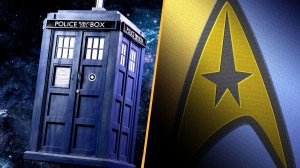Star Trek is one of the longest-running science fiction franchises, which is ironic given that the original series lasted only three seasons. Its longevity has allowed multiple generations of fans to fall hard for it. However, like all long-running series, Star Trek has not strictly adhered to its original canon, which has angered some segments of its fanbase.
Videos by ComicBook.com
There are many reasons for changes to canon. Although sometimes changes can stem from new writers being less aware of the original canon, in most cases, the canon is changed purposely to accommodate differences in social norms or the existence of new characters and shows. Regardless of how game-changing changes are, they often annoy long-time fans of the franchise as they contradict what has been known for years.
7) The Eugenics War No Longer Takes Place in the 1990s

This is an important change because it shifts the timeline completely. Early Star Trek‘s backstory included the war taking place in the early 1990s, which was then far enough in the future to seem like a long time from the present.
However, time passed in real life, and eventually the 1990s were no longer the distant future, but the present and past. Thus, having the Eugenics War take place during this era was historically inaccurate. From Star Trek: Enterprise onward, the Eugenics War took place in the late 21st century. This change affects canon somewhat while still keeping the core backstory intact and protecting the series from anachronisms.
6) Spock’s Experience With Mind-Melding With Humans

The Vulcan mind-meld has been part of Star Trek canon from the beginning, but Spock’s experiences with the technique have changed over the years. Initially, Spock had never mind-melded with humans until he was forced to do so. This made for an exciting, dangerous plot point in “Daggers of The Mind” when the Vulcan had to mind-meld to save Simon van Gelder’s life, forcing him to use the powerful technique on a human and possibly cause more harm than good to himself and Dr. van Gelder.
Strange New Worlds completely undid this aspect of Spock’s history by having him mind-meld with several humans long before he encountered Dr. van Gelder. This is one of the most jaw-dropping changes to canon because Spock was so adamant about having never mind-melded before in “Daggers of the Mind.”
This new canon suggests that Spock lied about his experience with mind-melding, and it’s not clear why. However, the lie upends the core part of Spock’s personality: his reliance on logic over emotion and refusal to do things that are irrational, such as lie for no clear reason.
5) Bashir’s Genetic Modification
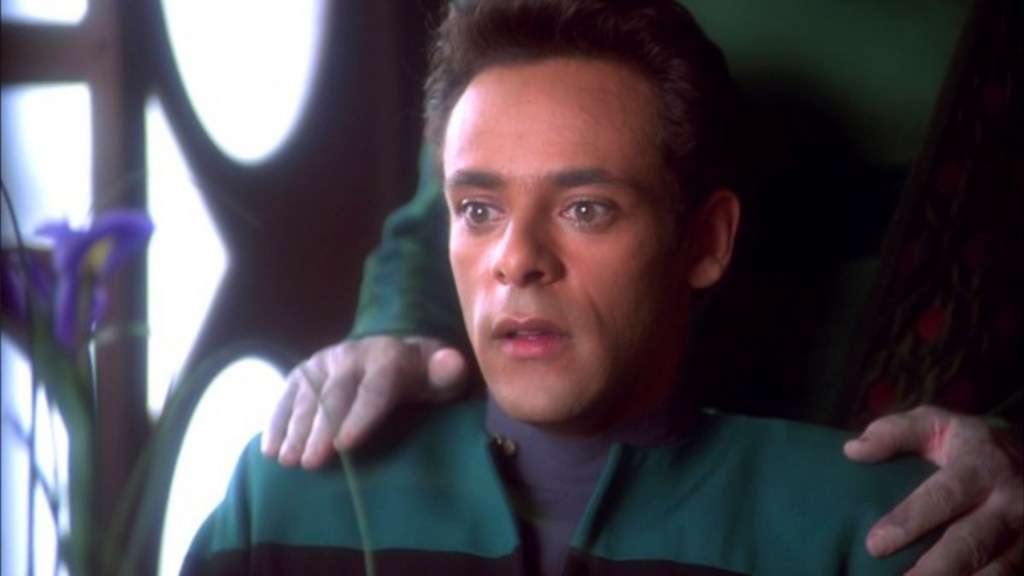
Deep Space 9 made one of the most controversial retcons in Star Trek history when it revealed that Bashir had been genetically modified. Until this point, Bashir had been socially awkward, but had not officially been written as having any connection to the Augment storyline.
This change didn’t just affect Bashir. It affected the entire Eugenics War storyline, and not for the better. The idea behind the Eugenics War was to demonstrate where belief in racial or genetic superiority inevitably led. However, if villains like Khan were genetically modified rather than being the product of pure eugenics, it sent a different message — instead of criticizing racism, the storyline now was about the ethics of using technology to change human DNA.
4) The Circumstances of Pike’s Fate

Star Trek Discovery made an important change to Pike’s fate when it revealed that he had advanced knowledge of his life-threatening injuries and confinement to a wheelchair. Pike was introduced as a tragic figure in “The Menagerie,” an early episode of Star Trek: The Original Series that used footage from its unaired pilot as part of a story that introduced the wheelchair-bound former captain of the Enterprise.
At the end of that story, Pike chose to stay on Telos IV to live out his life in an unreal world, making him seem like a tragic figure. Discovery changed this, however, by revealing that Pike learned that he would be severely injured in the future. This storyline rewrote Pike’s character, making him a brave, honorable member of Starfleet who embraced his fate rather than being defined by it.
3) The Klingons’ Heads Changed Shape
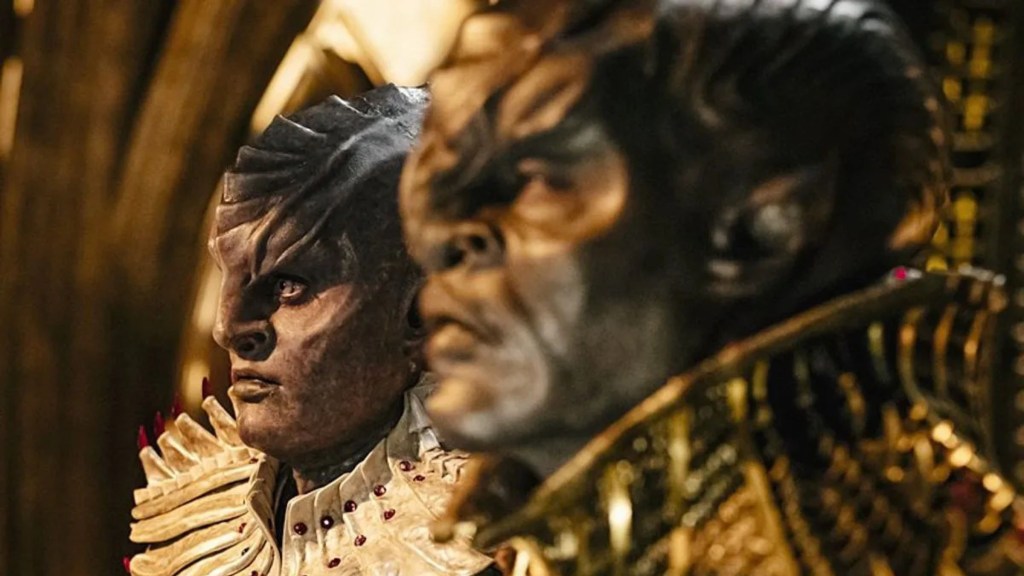
The Klingons look different in TOS than in any other Star Trek incarnation. When they were introduced on television, they looked far closer to human beings than they did later, when they were depicted with ribbed foreheads that gave them a distinctive and alien look. Michael Dorn’s Worf popularized this look during TNG‘s run.
Although this change to canon isn’t as game-changing as some other retcons, the franchise finally chose to address it by explaining that a genetic virus had removed the bumps in Klingon foreheads. This explanation, along with further changes to the way the Klingons looked, forever changed the franchise by making inconsistencies in Klingon appearance and in the aliens’ backstory a running joke.
2) The Resurrection of Sisko’s Father
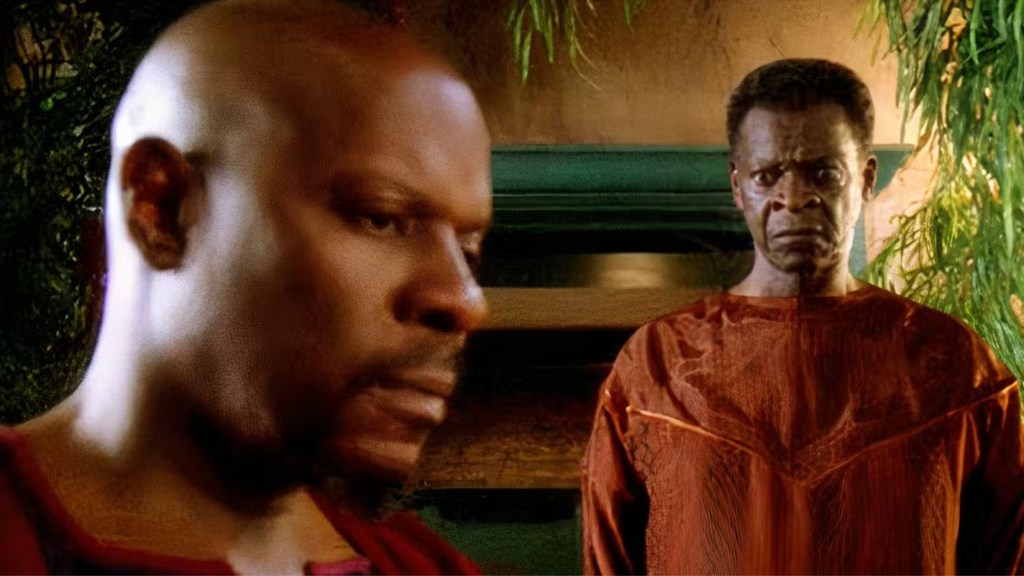
The revelation that Joseph Sisko was alive completely changed his son’s backstory, and is controversial to this day as a result. Initially, the younger Sisko seemed deeply affected by witnessing his father’s death from a serious illness. However, season 4 of Deep Space 9 revealed that Joseph was not only alive, but had a strong, current relationship with his son.
This change was as confusing as it was jaw-dropping, though many fans adopted the headcanon that Benjamin Sisko was traumatized by his father’s illness, even though his dad survived. Knowing that Joseph is alive changed the experience when re-watching earlier episodes where Sisko talks about the way his father’s illness affected him, though it also paved the way for Joseph and Sisko’s relationship to be an important part of the story
1) Pike Dates Maria Batel Despite His Earlier Sexism
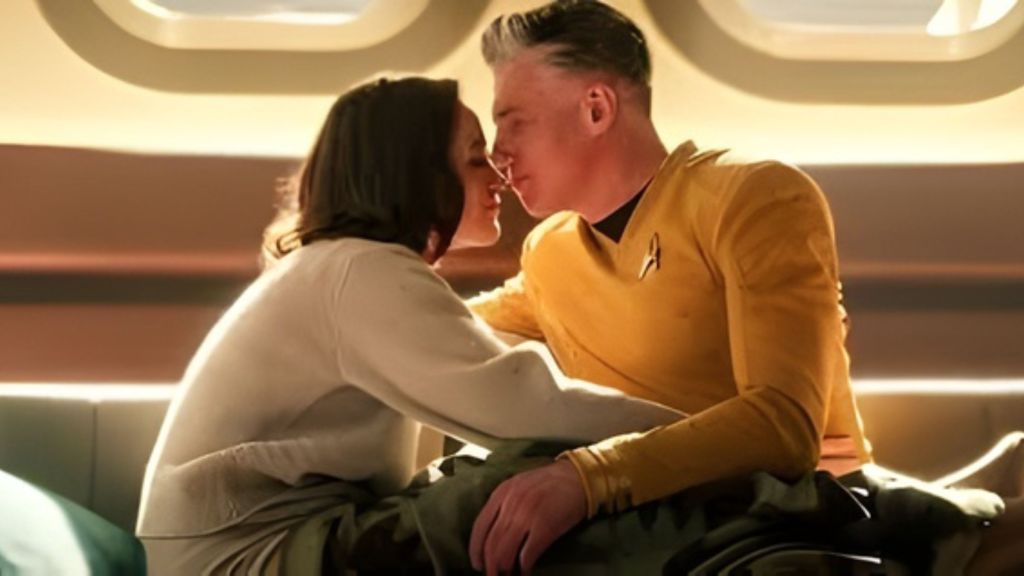
The original Star Trek was progressive for its time, but was also bound by certain cultural norms. In the 1960s, women did not often work outside the home yet, and this was reflected in Federation rules, specifically that women could not be captains. In “The Cage,” Pike famously declares that he is not used to seeing women on the bridge, suggesting that he didn’t believe they had any business being in positions of authority on the Enterprise.
Fortunately, later series reversed this trend, with Enterprise introducing Captain Erika Hernandez. The best reversal occurs during Strange New Worlds, however, when Pike dates Captain Maria Batel. This change offered significant character growth and undermined the sexism that Pike had exhibited earlier.
What do you think? Leave a comment below and share your ideas in the ComicBook Forum!


